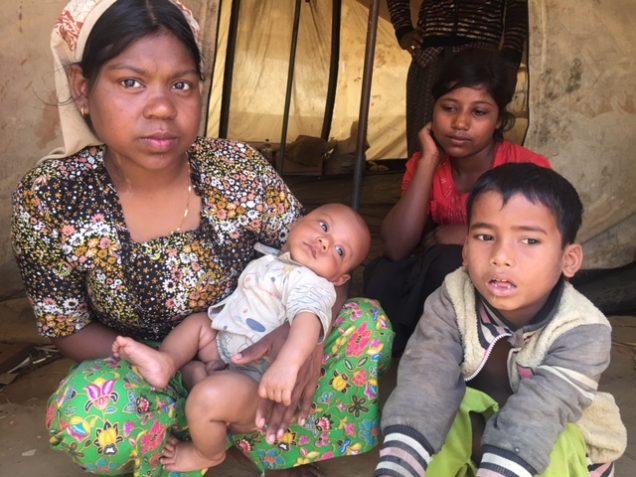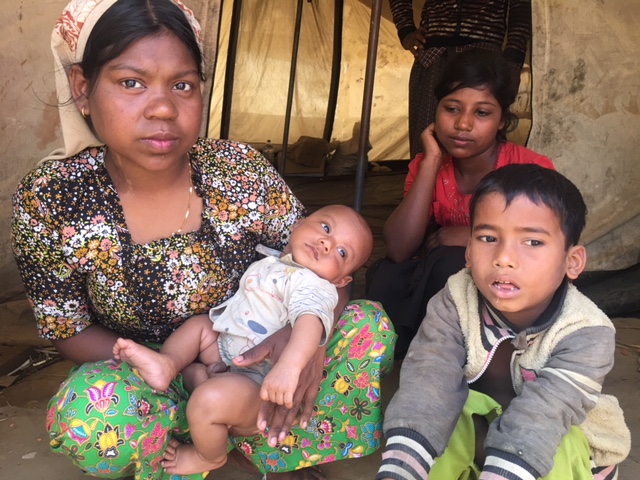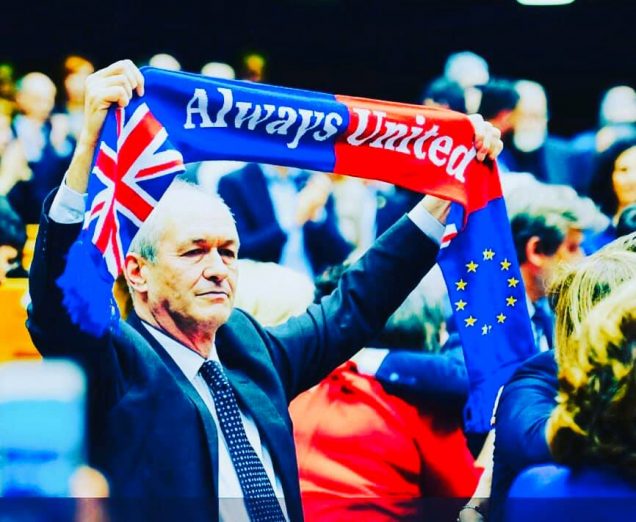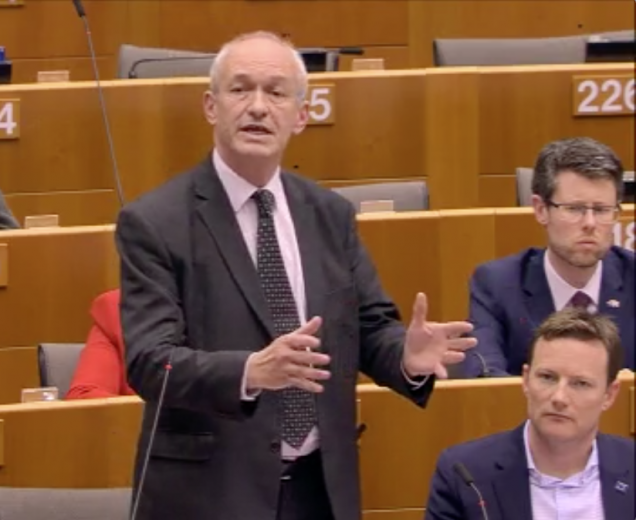A young boy wanders through the world’s largest refugee camp, four letters inked onto his arm. These are the initials of friends he had to leave behind when fleeing Myanmar. He probably won’t see them again. He doesn’t even know if they are still alive.
This is just one story, just one child out of the 720,000 Rohingya children in dire need of care, but it’s a story that’s close to me. In February I visited this refugee camp and met this boy. Along with half a million other Rohingya refugees he lives in overcrowded conditions in makeshift shelters and tents.
I often wonder how the camp has treated him. He was lucky enough not to be one of the 1,000s killed in violent conflicts, though this doesn’t mean he is safe. As well as human violence, he is threatened by the approaching monsoon season, which could leave the entire camp flooded.
I wonder if he is still with his parents. There are over 27,000 unaccompanied minors in this camp. 70% of them are illiterate so can’t read notices looking for lost children, and only a quarter of them have access to education, however informal it is.
Although ‘learning zones’ have been set up around the camp, in order to avoid giving the impression that refugees are settling permanently, Bangladesh does not allow the teaching of Bangla. Instead, children are taught Burmese, despite a Bangla dialect being their mother tongue, and many notices about lost children being written in Bangla.
Of course, many Rohingya children won’t have parents looking for them. Around 28,300 have lost one parent, and 7,700 have lost both.
I wonder if he knows any of the younger children, if he has met any children under 5, and if they were one of the 14,000 suffering from malnutrition. It was difficult to see this as an adult, and impossible to forget. I already worry about the impact seeing such suffering has on children, comparing pictures drawn by those in the camp, of family and friends murdered, coloured in crayon, to scenes of families and friends outside on sunny days, drawn by children who haven’t had to see this suffering.
Of course, the boy might even consider himself lucky that he isn’t one of the young girls in the camp. Instances of child marriage in girls as young as 12 are high. It’s likely that young women will have been raped by Burmese soldiers.
In the camp I visited, they had begun to set up safe spaces for women and girls, but this isn’t the case everywhere.
There’s still a need to improve access to sexual and reproductive health care, especially for young girls and those who are pregnant. We must ensure they have access to contraception, abortion, and pre- and post- natal care.
So far, the EU has been doing a lot to alleviate the suffering of refugees and support Bangladesh in its valiant effort to welcome refugees. The European Commission has given a total of 91 million euros, whilst the Commission and the EU28 have just agreed there will be funding for women and girls, especially pregnant women, children, and victims of rape.
Of course, no matter how much money we give, it won’t change the fact that most of the refugees just want to go home. Like the young boy, they have family and friends they miss. But lots needs to be done before this can happen. They won’t return home until they feel sure that they can do so safely.
If you are able to help by making a donation, please go to the Red Cross appeal page here. Thank you.







One Comment